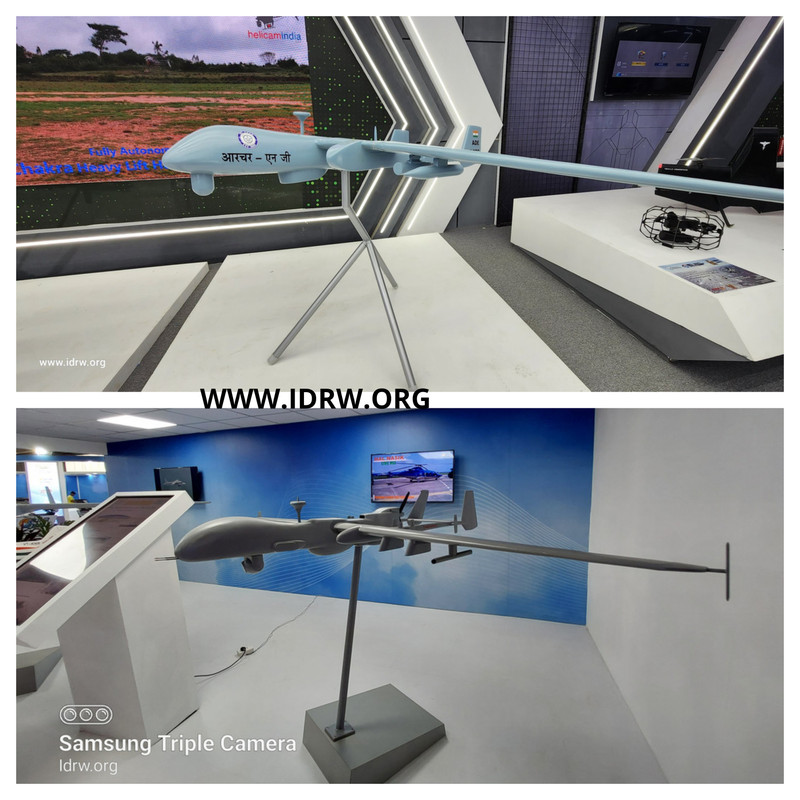SOURCE: RAUNAK KUNDE / NEWS BEAT / IDRW.ORG


India’s ambitious plans to acquire 155 Medium-Altitude Long-Endurance (MALE) Unmanned Aerial Vehicles (UAVs) for its armed forces might see a split order, with domestic and Israeli options vying for dominance. This development comes amidst the recent crash landing of the Tapas MALE UAV Program, a setback for India’s indigenous program, and a boost for Israeli companies like Elbit and IAI, which have already secured emergency deals for their Hermes-900 and Heron-MkII drones.
The Adani Group’s domestically produced Hermes-900 has secured orders from the Indian Army and Navy, while the Indian Air Force (IAF) has picked the Heron-MkII from IAI. IAI has further sweetened the deal by offering local manufacturing of the Heron-MkII in collaboration with HAL. This immediate access and proven performance of Israeli drones have tilted the scales in their favour in the short term.
However, India’s indigenous MALE UAV program isn’t giving up. The Archer-NG, under development by the Aeronautical Development Establishment (ADE), is expected to be rolled out by March, with its first flight soon after. ADE aims to begin weapons trials for the Archer-NG in 2025, leveraging technologies already tested on the Tapas program. This could pave the way for user trials by 2026 and potential deployment by 2027.
The Tapas program, despite the recent setback, holds significant promise. ADE is actively working to improve its performance, aiming to meet the crucial requirements of 30,000 feet altitude and 24-hour endurance. The Indian Navy has already committed to 20 Tapas units, demonstrating renewed faith in the project.
With the Archer-NG on the horizon and Tapas undergoing improvements, the remaining orders for the 155 MALE UAVs might be divided. More units could be allocated to the Archer-NG program, potentially reaching a total of 70. This split order reflects India’s desire to balance immediate needs with long-term ambitions for indigenous technology development.
The Indian MALE UAV program faces challenges like technology gaps and development timeframes. However, the recent crash of the Tapas and the ongoing efforts to refine it, along with the Archer-NG’s potential, highlight India’s commitment to achieving self-reliance in critical defence technology. Balancing this with the immediate operational needs fulfilled by Israeli drones will be crucial in shaping the future of India’s MALE UAV fleet.
NOTE : Article cannot be reproduced without written permission of idrw.org in any form even for YouTube Videos to avoid Copy right strikes. Websites doing illegal reproductions will get DMCA and Legal Notices.